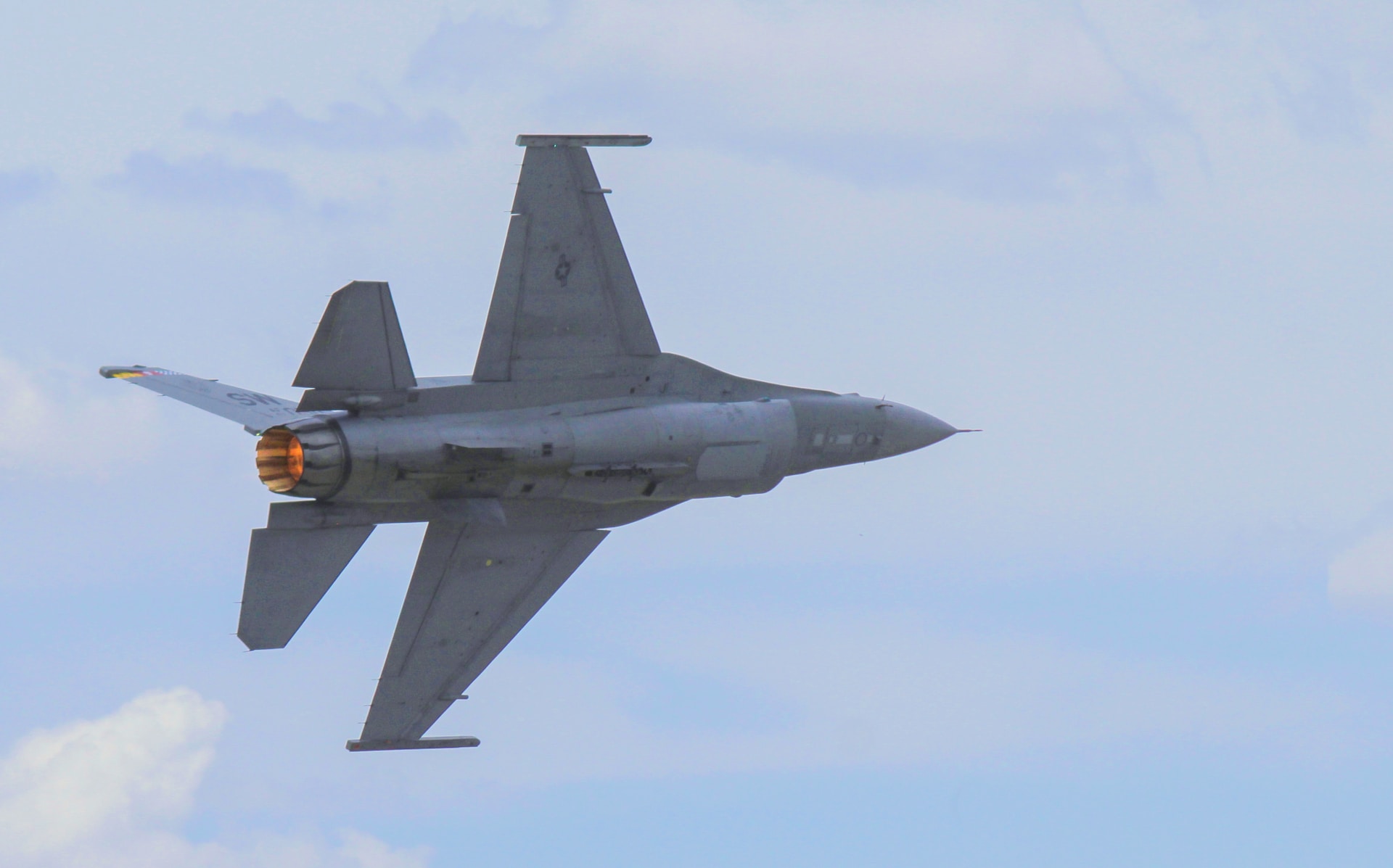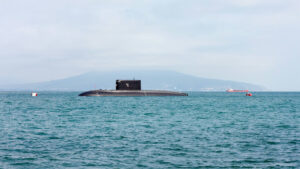Last week the Ukrainians got the news that the Biden administration issued the thumbs up for the Netherlands and Denmark to send Zelensky some F-16s. But this development is by no means black and white.
The F-16s come with some caveats. They won’t be arriving in time to impact the current counter-offensive, nor will there be enough of them in this first round. They’ll also need lots of logistical infrastructure to support them, so I wouldn’t expect this to impact the war effort until (at least) next year.
The green light on this first round of F-16s implies that the US (and other NATO countries) aren’t too far behind. And as the Russians dig themselves into economic isolation, the previously drawn lines around using long-range weaponry will continue to blur.
Prefer to read the transcript of the video? Click here
Here at Zeihan On Geopolitics we select a single charity to sponsor. We have two criteria:
First, we look across the world and use our skill sets to identify where the needs are most acute. Second, we look for an institution with preexisting networks for both materials gathering and aid distribution. That way we know every cent of our donation is not simply going directly to where help is needed most, but our donations serve as a force multiplier for a system already in existence. Then we give what we can.
Today, our chosen charity is a group called Medshare, which provides emergency medical services to communities in need, with a very heavy emphasis on locations facing acute crises. Medshare operates right in the thick of it. Until future notice, every cent we earn from every book we sell in every format through every retailer is going to Medshare’s Ukraine fund.
And then there’s you.
Our newsletters and videologues are not only free, they will always be free. We also will never share your contact information with anyone. All we ask is that if you find one of our releases in any way useful, that you make a donation to Medshare. Over one third of Ukraine’s pre-war population has either been forced from their homes, kidnapped and shipped to Russia, or is trying to survive in occupied lands. This is our way to help who we can. Please, join us.
Transcript
Hey everybody. Peter Zeihan here coming to you from Colorado. Today’s the 18th of August. And the news is that the Netherlands and Denmark have received approval from the Biden administration to send their F-16 fighter bomber aircraft to Ukraine as part of the defense of works. There’s a lot of things that are packed in here. Let’s start with the most obvious one.
Even if these things start to ship today, they’re not going to be there in sufficient numbers or with the infrastructure to support it in time to have any impact on this fighting season. So the summer counteroffensive that the Ukrainians are fighting in an attempt to break the Russian position in southern Ukraine and Crimea, they’re not going to be able to help with that at all.
There’s more to having the jets than simply having the pilots. You have to have the logistical infrastructure to supply them with fuel, with spare parts, especially with munitions. And they have to be able to do all of the repairs and all of the maintenance within Ukraine proper. Now, we know for certain that the United States has been doing steps to accelerate this process over the last few months.
We know that there have been a number of Ukrainian pilots across the United States and databases system that have been training on the F-16s and getting flight time. But there’s going to be a lot more that it needs to be done in terms of the maintenance side of the equation. Okay. So that’s piece one. This is something that’s going to affect over the winter and then into next year.
Second, the players, the Netherlands and Denmark basically run almost exclusively American equipped forces. So there is no way that this came out of left field. Copenhagen and The Hague undoubtedly have been coordinating with Washington since the beginning on this. And if they’re doing it, you can bet your ass that they’re going to be any number of NATO countries up to and including the United States who are going to be following suit now that the seal has been broken.
It’s just a question of timing. Now, again, this is something that’s going to impact operations over the winter and into next year. Not right now. Third, what’s next? The next big step of what the Ukrainians have on their wish list that they haven’t gotten is longer range weaponry that will allow them to strike deeper into the occupied territories and in their mind, ideally even into Russia proper.
Now, the primary reason why this specific request has been denied so far by all of the Western allies is they don’t want to provoke the Russians to direct fight. But as the Russians move deeper and deeper into isolation and as it becomes becomes possible that this is going to be a broader conflict in economic terms, even if not a military warrants.
That argument has been losing luster in a number of places in the Western world. No one wants to start World War Three, obviously, but it’s pretty obvious who’s doing the raping in the genocide, and that is No. One on the west side of the line. So we are going to see longer range weapon systems. I don’t want to comment on which ones because there’s any number of things that could come into play.
And the argument that they cannot be used within Russia proper is weakening as well. Now it’s a political decision if they decide to remove that structure. But if you look at what’s been happening over the last few weeks, the Ukrainians have been provided with storm shadow missiles by the Brits, and that’s a longer range weapon system, more than capable of striking into Russia proper.
But the Russians have not once used it to do so. At the same time, the Ukrainians developed a number of weapon systems, including drones launched by special forces troops and suicide drones that are maritime in style to directly attack Russian targets within Russia proper. They don’t necessarily need Western tech to take the war to Moscow. And since we’re seeing this blurring of capabilities, the idea that simply because a weapon has a range that could be problematic, that automatically is problematic.
That argument is fading very, very quickly. There’s still going to be a lot of brackets on all of this. This is not going to something that’s going to change overnight. But now that they’re going to be getting NATO’s fighter aircraft that clearly have the capacity, if you put an extended range fuel tank on them to strike Moscow directly.
You got to ask yourself, what else can be pushed across the line at this point? And that’s the discussion that’s going to be happening in Brussels and London and Berlin and Paris and Washington quite aggressively over the next couple of months. And by the time we get to the end of the year, I have no doubt that in addition to longer range missiles, artillery systems and jets, there’ll be a whole phalanx of additional technology going to be handed over in order to help the Ukrainians out.
And for those of you say that this is costing the United States too much. Number one, check your math. With the exception of two Patrick batteries, every single other thing that has been transferred from the United States at this point has been spare parts and decommissioned equipment that we were going to have to pay to dismantle. So in many ways, the Ukraine war has saved us a lot of money.
And second, if you think the money has been stolen, you’re literally just making that up. Call your congressperson because they have every day a full list of every piece of equipment, how it was used, how it was transferred, and how much money to actually cost the United States. And anyone who tells you otherwise is lying to you. All right.
That’s it.








